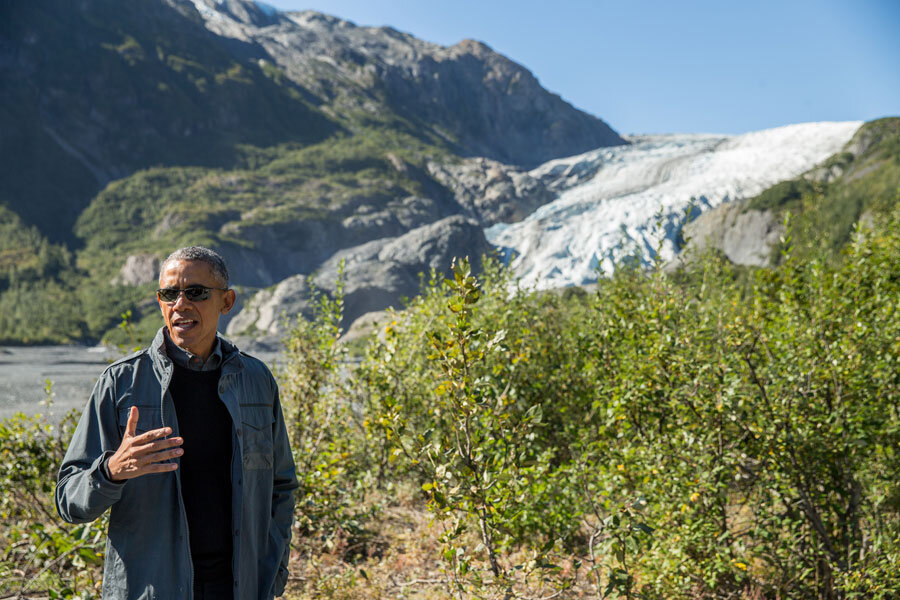How climate change is forcing us to rethink national parks
Loading...
After studying a designated reserve of yellow cedars in Alaska, a group of scientists are suggesting that a conservation method from the past be abandoned.
A team of researchers with the Stanford School of Earth, Energy and Environmental Sciences published a study on climate change Thursday in the journal Biological Conservation that has turned typical environmental preservation on its head.
In their study, the researchers found evidence that even currently healthy yellow cedars in the Glacier Bay National Park and Preserve can expect “future climate-induced dieback.” Early springtime reduces the snow cover on the trees’ shallow roots and exposes them to the cold, killing the trees.
So although the trees in the park are currently healthier than trees outside the park, the “reduced crowns and browned foliage in yellow-cedar trees” indicate early signs of the dieback moving toward the park.
Climate change does not respect park borders, so the traditional conservation approach of simply setting land aside to protect biodiversity in the form of a reserve or park is no longer enough, argues Lauren Oakes, lead author of the study. Instead, Dr. Oakes suggests “adaptive management strategies” that keep humans involved in the conservation process and account for climate-induced habitat changes.
“To balance the many values people hold for nature and to maintain the many benefits that people derive from nature, we’re going to have to do things differently under climate change,” Oakes told The Christian Science Monitor. “Setting aside lands to protect biodiversity may no longer be sufficient to sustain species vulnerable under climate change because we are seeing species like the yellow cedar impacted by climate change on our federal lands, mostly restricted of human activity.”
The researchers suggest the first step may be place-based education for the local public and park managers.
“Individuals’ views of protected areas form the foundation of perspectives on whether or not to intervene in protected areas,” Oakes further explained to the Monitor. She believes understanding local views of protected areas is important because it “may influence their perspective on adopting new management strategies” at both the local and national level.
It may seem counter-intuitive, but Oakes and her colleagues suggest investing more time and energy into protected areas to achieve a higher standard of wilderness, or naturalness. Park rangers and managers should use this public insight to influence their conservation practices.
“If we know we are losing some species from the lands in which human activity is most restrictive, and people value the continued existence of that species, the changes occurring inside protected areas may put an imperative on managers of actively managed lands to do things differently,” says Oakes.
Oakes says the responsibility of park managers should not be understated, because they represent the importance of a socio-ecological approach. The team of researchers interviewed 45 different land managers in the Glacier Bay area, and the interview results suggest a direct correlation between individual attitudes and potential conservation methods.
Participants who viewed the protected areas as "natural" and separate from humans, “were more likely to oppose new interventions in the protected areas, regardless of how necessary they may be." In contrast, the participants who viewed humans as being "a part of" nature, viewed intervention in protected parks more favorably.
Dr. Eric Lambin, a professor at Stanford and co-author of the study, says these results prove the interdependence of ecological and social techniques. “We often think about an organization and its missions, but forget that day-to-day decisions are made by people who carry their own value systems and perceptions of risks,” he said in a press release.






